Crops
-
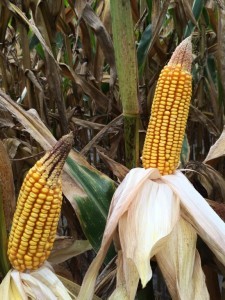
MSN has an interesting story this week about the drought and heat which is causing problems for farmers in Europe. According to the article, “temperatures in Serbia, Romania, Hungary and Croatia soared to nearly 40 degrees Celsius (104 Fahrenheit) again on Thursday following a few days of moderately less oppressive heat. The region is enduring…
-
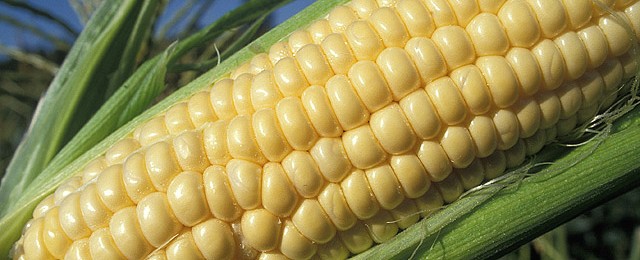
According to an article this week in AgWeb, “While the corn yields dropped in the Midwest, southern States are seeing big gains in yields. The U.S. Department of Agriculture (USDA) said this corn crop could potentially be the third-largest on record. When you look at the numbers, the southern States seem to be shining this…
-
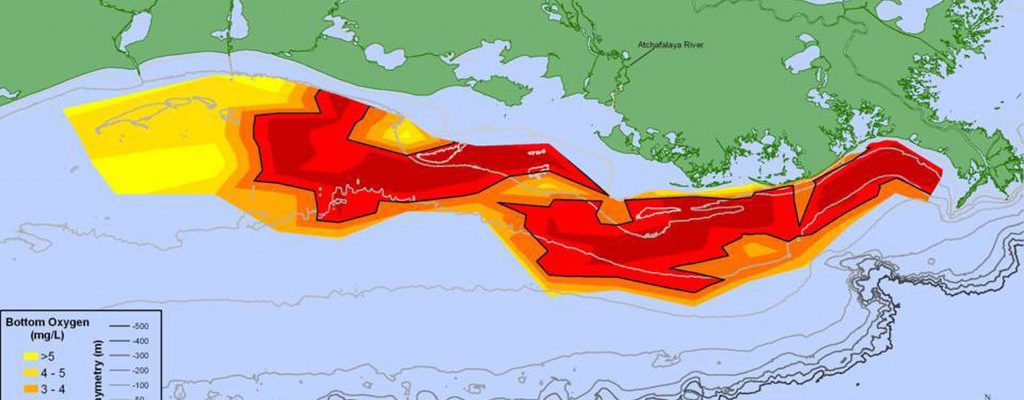
A New Jersey-sized area of the Gulf of Mexico has been declared a dead one this year, the largest ever observed in the region. This means that the nutrient load in the water is so high that algal blooms which feed on the nutrients have depleted all of the oxygen in the water, making it…
-
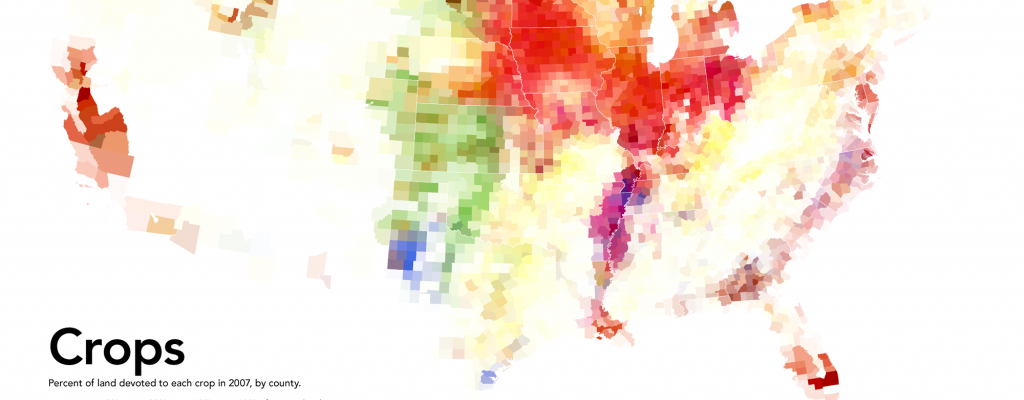
Here is a very interesting article about how the percentage of land in agriculture across the world has changed over time. If you look at the changes in cropland in the Southeast, you can see decreases in the coastal plains and increases in other areas. Not too surprising, since forested land is not considered to…
-
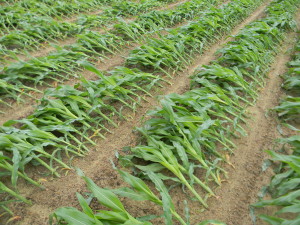
AgWeb had a short but interesting article this week about how variable weather this year is making it hard for market watchers to predict how much corn and other grains are likely to be produced this year. Yields are hardest to predict for dryland crops, since they depend so much on the patterns of rainfall…
-

The University of Vermont published the results of a study of farmers in the Northeast and what they think about risks due to changes in climate that have occurred over time and may occur in the future. In this study, Vermont farmers identified many site-specific risks that they associate with weather fluctuations and climate change.…
-

Food and Wine reported this week on a new study by Harvard’s School of Public Health which looked at the nutritional content of crops eaten around the world under higher concentrations of carbon dioxide, which is increasing in the atmosphere. The study showed that as carbon dioxide continues to increase, the nutritional content of many…